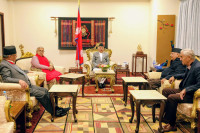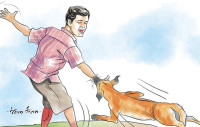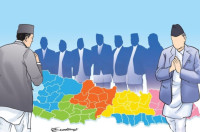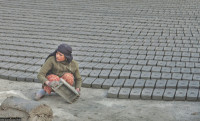Opinion
Turning a blind eye to deafness
Many instances of deafness could be prevented if the government took the problem seriously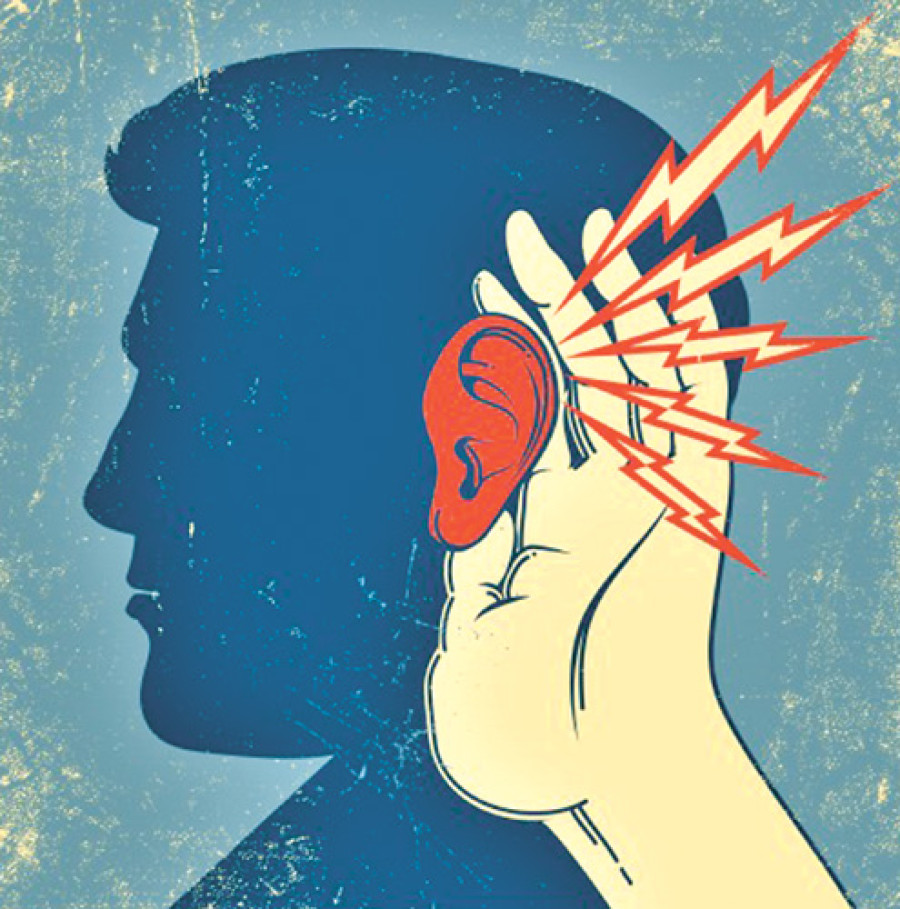
Dhundi Raj Poudel
Deafness is a worldwide health problem. According to the World Health Organisation (WHO), around 15 percent of the world’s population suffers from some type or some degree of hearing loss at some point in their life. However, with proper care, the hearing organ can be protected against this disability and emphasis has put on preventive measures rather than on cure later.
Noise pollution
Deafness comes in two types. When originating from the outer and middle parts of the ear, it is of a conductive type. This means a problem prevents sound from being conducted properly. When deafness originates from the inner ear, it is sensorineural, which means it is nerve-based. Depending on its severity, deafness can be classified in five degree ranging from mild to profound. In Nepal—as is common in underdeveloped countries—lack of education, health awareness and proper health care services are direct or indirect causes of deafness. So are habits such as ear pricking and putting liquids like cooking oil in ears and swimming in dirty waters, among others. Ear infections and their improper primary care have led to 17 percent of the population suffering from deafness.
Modern gadgets have aggravated the problem. According to a WHO report, the increased use of cell phones and other electronic modes of communication have put an estimated one billion people around the globe at risk of a hearing impairment. And Nepal is no exception. We should be aware of sound pollution caused by the unregulated use of motor vehicles. Together with air pollution, the level of noise pollution should also be measured and affected areas should be screened regularly. The effects of sound pollution on communities situated close to industries are yet to be properly investigated. Many countries have made provisions to compensate hearing impairment caused by loud sounds. Nepal also requires policies addressing noise pollution and its various aspects.
Nationwide training programme
Although primary health care has reached village and community levels, general ear care and treatment is yet to be made readily available. Primary reasons for this are the lack of knowledge regarding ear care and lack of trained manpower. A nationwide formal training programme for the involved heath personnel can overcome this. This includes training on proper earwax and foreign object removal technique and on basic examination of hearing and eardrums. Moreover, the knowledge of basic ear care should be integrated into school curriculums. The congenital form of deafness that is seen in children must be properly screened for early diagnosis and treatment, preferably during vaccination or school admission.
Apart from the hazards of the mobile and other electronic communication devices, awareness about the effects of listening to music at a higher volume must be heightened. Physical assaults made on students by teachers, wives by their husbands and police trainees by their trainers have resulted in hundreds of perforated eardrums.
Hence, awareness regarding the issue of physical violence should also be given high priority.
Based on the duration of the symptoms, ear infections can be divided into acute or chronic. And based on the severity and disease process involved, infections can be divided into dangerous and non-dangerous, although both can lead to complications if not managed properly. Most of the chronic cases need to be addressed surgically.
As a surgeon having provided ear-care services in places from Paanchthar and Taplejung in eastern Nepal to Darchula and Acham in western Nepal, I can claim that apart from a few exceptions, most patients of chronic ear infections belong to the economically marginalised groups. Thus, the government’s role in the treatment of these cases is a pressing issue as timely treatment of ear infections could prevent up to 50 percent of deafness in Nepal.
Sorry state of affairs
Unfortunately, most of the government hospitals outside the capital are yet to provide the required surgical services to people with low income. At the central level, Bir Hospital and the Institute of Medicine (TUTH) in Kathmandu are overburdened, and patients have to wait for months for surgery. In order to treat the huge number of patients, we need to train a large work force constituting ENT paramedics, audiologists, technicians and specialist surgeons. Moreover, private stakeholders like medical colleges and non-governmental organisations need to co-ordinate in a proper manner.
Among the various types of disabilities, deafness is also one, and it is the one we are mostly oblivious to. As unfortunate as the neglect of the government towards the nation’s health is, so is the neglect of deafness by the health ministry and other health agencies. It is a truly sorry state of affairs for any country.
Poudel is Chief Consultant ENT Surgeon at Bir Hospital




 12.12°C Kathmandu
12.12°C Kathmandu
